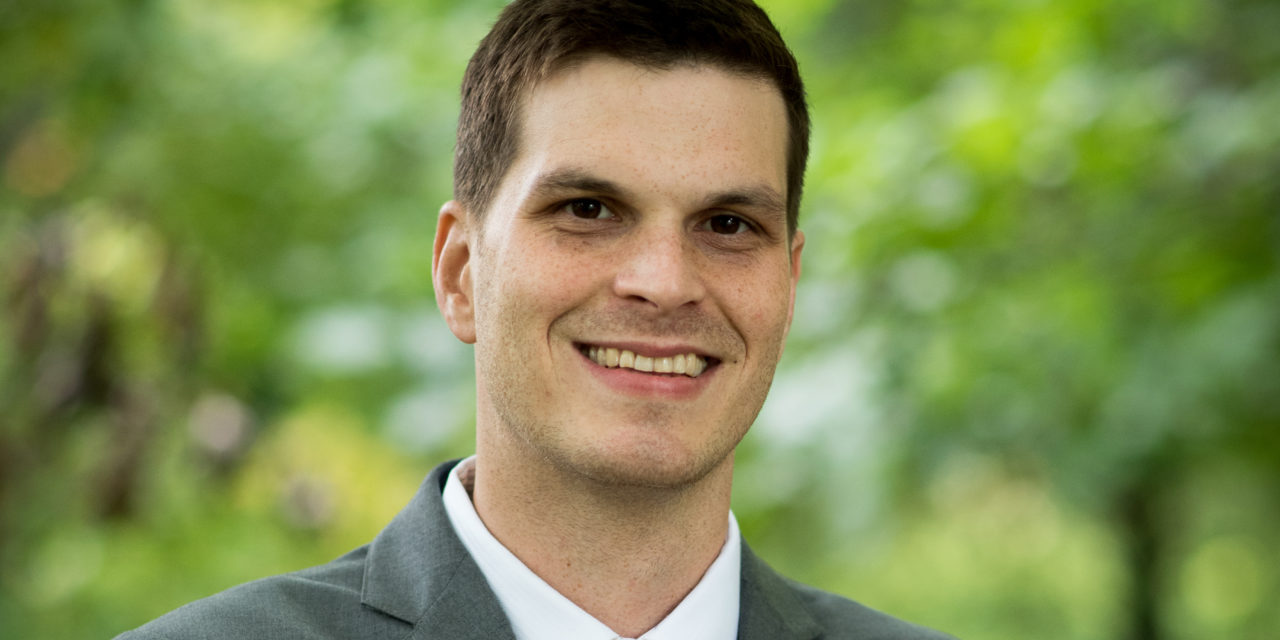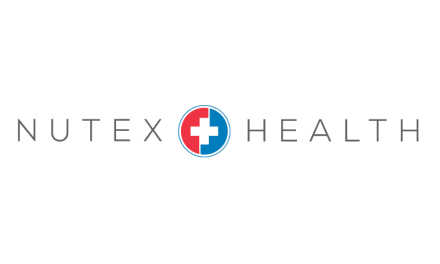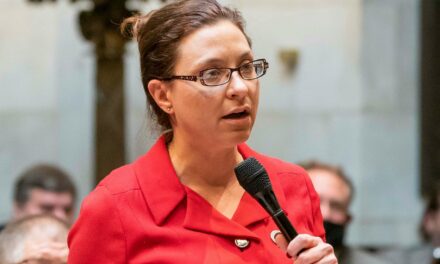
On the Record with HealthConnect.Link CEO Kevin Dwyer

HealthConnect.Link CEO Kevin Dwyer has a vision – creating an online community that helps uninsured and low-income people get connected to the services they need.
Dwyer has been leading a team of volunteers in developing a website that healthcare and social services providers in Dane County can update with what services they have available. They can also use the site to help connect their patients to services.
Dwyer anticipates a launch soon. They’ve signed up more than 20 community partners in the Dane County area, including SSM Health Dean Medical Group, which helped fund the project.
“It’s been an amazing experience,” he said. “The amount of passion and dedication that our team of volunteers has shown is just overwhelming. I feel really lucky to have so many people supporting this project.”
Dwyer spoke to Wisconsin Health News about the project. Edited excerpts are below.
WHN: How did you become involved with this?
KD: I really got involved about two and a half years ago because of my wife Emily, who’s a family medicine resident at the UW. When we first moved to Madison for her program, she and her co-workers would share stories about really difficult, challenging patients who would come to the clinic because they had issues that weren’t necessarily medical per say. They would rely on the residents and doctors and nurses for information about health and social services in the community so they could get the help that they needed and so they could get well. This was really difficult for her and for the other residents because they had no idea what resources were actually in the community. There was one story in particular about a homeless patient who came to visit one of Emily’s co-workers. He had tried to donate plasma to earn some money for himself, but unfortunately, he had high blood pressure and was rejected as a donor. Being on BadgerCare, he could go to the clinic for free. But with no income, he didn’t have the $4 for the co-pay to cover the cost of the prescription he was given. Unfortunately, none of the residents at the clinic knew that under Medicaid, he could have gone to any pharmacy on the northeast side and in theory received his prescription for free of charge. But that was kind of only tangential to the larger issue about all the social determinants of health that were impacting this man’s life and all of the other agencies, resources, and programs that they could have referred him to for more support. That’s really where the idea started from.
WHN: Why is this needed?
KD: We believe that there is a very strong need. Very early one we did some very in-depth focus group work and interviews with mainly primary care physicians, but various types of healthcare professionals, social work and emergency department staff and pharmacists and case managers, people like that. The response was overwhelmingly positive. They tend to refer patients to the same or similar resources on a regular basis. They don’t have the time to look up new resources in the community to refer their patients to. Even if they did, they still don’t have the ability to have confidence that they’re referring their patients to resources that actually have the capacity to offer care. That’s something that’s really unique and special about HealthConnect.Link. Those agencies will be able to go in and very simply toggle on and off the availability of any of the services that they might happen to offer. At any given time, someone can see, yes, that service is open and actually has the capacity to take on a new patient or provide care.
WHN: Will this be used by providers and the agencies or would it be open to consumers?
KD: The idea was that this would be our contribution to the community and to make it so that anybody who needs to access affordable health or social services would be able to advocate for themselves. So if they’re able to get online, we’re creating a free, basic version where anyone who can access the internet can search for a whole range of health or social service providers. But in addition to that, we’re creating a professional version, which is more geared toward your social workers, your nurses, your PAs and your physicians whom will be using it on a daily basis. And by doing so, that creates an opportunity for us to reduce readmissions and the improper use of emergency departments and improve physician satisfaction and patient referrals, so primary healthcare issues are dealt with more upstream. We believe that provides a tremendous amount of value to hospitals and health systems. By doing so, we can offer them that professional version for a nominal, annual subscription. That means we don’t have to compete for the limited grant funding that exists with agencies that we’re actually trying to help.
WHN: How close are you to launching?
KD: We’re still several weeks away from launching it. We’ve brought on more software development support, so we have some paid software developers who are working with our team of volunteers right now. They’ve made some big strides forward, so we’re currently completing the second stage of development. We have one more stage of development to get through and then we can roll out our public version, which we hope will come very soon. Interest and support from the community, especially the health and social services agencies, is continuing to grow. This week, we did a presentation at the Recovery Coalition of Dane County. The response was fantastic.
WHN: What sort of challenges do you see this project facing? Are you concerned about whether agencies will have enough time to update the site?
KD: We’re still several weeks away from launching it. We’ve brought on more software development support, so we have some paid software developers who are working with our team of volunteers right now. They’ve made some big strides forward, so we’re currently completing the second stage of development. We have one more stage of development to get through and then we can roll out our public version, which we hope will come very soon. Interest and support from the community, especially the health and social services agencies, is continuing to grow. This week, we did a presentation at the Recovery Coalition of Dane County. The response was fantastic.
WHN: What do you see as the organization’s future? You’re proposing rolling this out at a national scale within a few years.
KD: Some people think that people don’t have the time or their staff and volunteers are just too busy to go on to a website and update the status of their services. But it’s actually not the case. When they’re receiving dozens and dozens of phone calls, referrals and inquiries every day, then it makes a great deal of sense for them to go on to our website and within 10 or 15 seconds communicate to the entire healthcare community that they exist but they simply can’t help right now. If you’re an agency that has a six-month or a six-week waiting list, that’s a great way for you to regulate the number of referrals that you receive and on something that’s unique to what we’re trying to develop. But if you’re an agency that happens to be at the opposite end of the spectrum and you simply aren’t very well-known in the community, it provides a great opportunity for you to connect with exactly the patient population that you hope to serve and exactly the type of people who are seeking the services that you offer. I don’t think that there’s a better way for those organizations to fulfill their reason for being.





